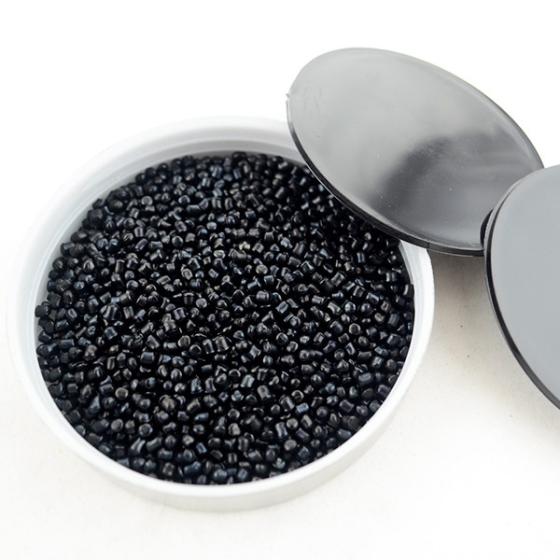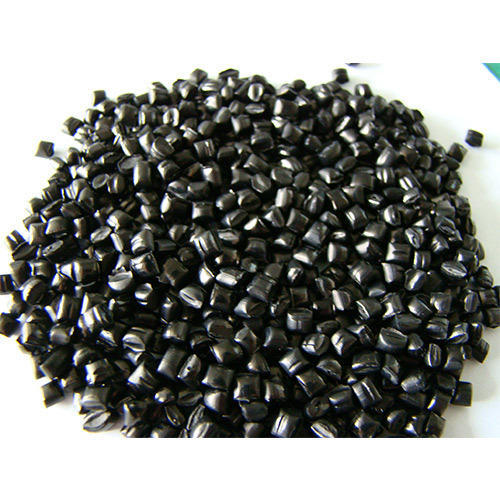The crop needs many nutrients during its lifetime growth and a series of physiological activities. These elements are indispensable, irreplaceable and direct functional. These necessary elements can be divided into three categories: First, a large number of elements, including carbon c, hydrogen H, oxygen 0, nitrogen N, phosphorus P, and potassium K. Since c, H, and O can be obtained from air and water, there is no need for additional supply, so a large number of elements usually refer to the three elements of N, P, and K; two are medium-sized elements, such as Ca, Mg, and S; Elements include iron Fe, copper cu, boron B, zinc zn, manganese Mn, molybdenum Mo, chlorine c1, and nickel Ni. If these elements are lacking, they should be supplemented by fertilizing roots and roots to meet crop needs. If it is not timely supplemented, crops will develop. This disease is called "deficiency syndrome" and it is one of the common physiological diseases in crops. Symptoms manifested by this physiological disease are often easily confused with the virus-induced dwarfing of plants, distorted deformities, damage of leaflets and locusts, leaf shrinkage after leafhopper damage, and leaf margin shrinkage after leaf locust damage. Redness, reddish leaf damage caused by spider mutilation, lack of water or yellow leaves exposed after flooding the internal hemorrhoids ... and other symptoms confused, need to be carefully diagnosed and identified in order to "symptomatic fertilizer" to restore normal crop growth Developed and harvested.
Based on field observations and related data of crops, cotton, oil, vegetables, melons, fruits, flowers, tobacco, hemp, and miscellaneous crops for many years, the author describes the symptoms of crop deficiency symptoms as follows for farmers. Friends and grass-roots agro-plant protection personnel refer to.
1 Nitrogen deficiency: Plants are short and small, and the leaves are small and thin. The leaves and leaves lack chlorophyll and turn yellow or red. The branches are few, the flowers are less, the grains are not full, and the yield is low. In the case of severe nitrogen deficiency, the symptoms spread throughout the whole plant, and the dry leaves of the base leaves died. The leaves that did not die turned yellow. When dry, they turned brown. The stems were short and weak, and there was a feeling of weak windlessness.
2 Phosphorus deficiency: reduced branching of tillers, stagnation of young shoots and young leaves, slender stems and roots, dwarfing of plants, shedding of flowers and fruits, and delayed ripening; anthocyanin increased, and the leaves exhibited abnormal dark green or purple color. It is a typical symptom of phosphorus deficiency. Severe phosphorus depletion of the whole plant dark green, the first leaves of the base yellow, dry dark green, dry coke dead.
When there are too many phosphate fertilizers, there will be a small focal spot on the leaves, which is caused by the precipitation of calcium phosphate. It is a manifestation of premature aging, similar to the old age coke dark spots appearing on the face of the elderly. Too much phosphorus in rice hinders the absorption of silicon, which can easily lead to a decrease in the degree of silicification and a disease (leaf mites). Water-soluble phosphates can also combine with zinc in the soil to reduce the effectiveness of zinc, so too much phosphorus can cause "zinc deficiency." The excessive amount of nitrogenous fertilizer is opposite to this. It is characterized by large and dark green leaves, soft and scattered and sagging, vegetative bodies greedy and long, and the court slowly matures. Too much nitrogen also reduces sugar content in the plant, because most sugars and excess nitrogen form proteins, while a small portion of sugar forms cellulose and lignin, leaving cells rich in cells and thin walls. Undeveloped mechanical organization, poor resistance, easy lodging, easy to move pests and diseases. Therefore, deficiency and excess of phosphorus and nitrogen all show physiological symptoms.
3 potassium deficiency: stalks are soft and easy lodging, cold resistance, drought resistance, leaves easy to lack of water, protein, chlorophyll destruction, yellow leaves, and gradually necrotic; leaf margin will be dry, slow growth. Rice lacks potassium, and many rust-colored spots often appear in the leaves. The leaves are short and stiff, often curved or wrinkled. The deficiency of potassium was first manifested on the old leaf of the plant base, and there were necrotic spots on the leaf veins or on the margins of the leaf tips.
4 calcium deficiency pox: the beginning of calcium deficiency buds, young leaves pale green, followed by the hook-like tip, and then from the tip, leaf edge inward death, which is a typical calcium deficiency disorder. Chinese cabbage lacks calcium and leaves are brown. Because calcium is difficult to move, it is not easy to be taken seriously. Therefore, the symptoms are expressed on young leaves of young shoots.
5 Magnesium deficiency disease: Chlorophyll synthesis is blocked, leaves bleed, yellow leaves and veins remain green, forming yellow and green mottled mosaic; severe magnesium deficiency when the leaves have necrotic brown spots, premature leaf loss and shedding. Because magnesium can be reused in crops, the symptoms are on the lower leaves.
6 Sulfur deficiency: Symptoms show a lack of green on young leaves, and the new leaves are equable with chlorosis, yellow-white, and easy to fall off; too much sulfur is toxic, and the leaves are dark green and the plants grow slowly.
7 Iron deficiency: The most obvious symptoms are young shoots, young leaves that lack green and yellow, and even yellow, but the lower leaves are still green.
8 Copper deficiency: The leaves grow slowly and appear blue-green. The buds are chlorotic and appear blotchy and eventually fall off; they also lead to degeneration of the palisade tissue and the formation of hollows beneath the stomata.
9 Boron Deficiency: Poor pollen development impeded fertilization, reduced grains, rape and wheat were “flowers not realâ€, and cotton “buds without flowers†​​were all due to boron deficiency. There are rings of protrusions on the cotton petioles.
10 Zinc deficiency: Maize "flower leaf disease", "leaflet disease" and "prunus leaf disease" on fruit trees are the typical symptoms of zinc deficiency. The leaves are small and brittle, clustered together,
There are yellow spots on the leaves.
11 Manganism deficiency: The chloroplast structure is destroyed, disintegrated, chlorosis between veins, necrotic spots, and underdeveloped root systems. Symptoms were first found on young shoots and young leaves.
12 Molybdenum deficiency: Small leaves, chlorotic veins, necrotic spots, leaf margin scorch, upward curl. The cruciferous crop leaves become deformed by curling, old leaves thicken and scorch, and cereal crops are shriveled or unable to form seeds. The symptoms first appear on the old leaves.
13 Chlorine Deficiency: Leaves wilted, chlorotic necrosis, brownish, roots obstructed and thickened, rods apical.
14 Nickel Deficiency: The urea in crops will accumulate too much and cause poison. The tip of the leaf will be necrotic and it will not complete its life cycle and die.
China EPDM Deodorant,high quality Odors Absorbing Agent, with 75% rubber deodorant powder and 25% epdm material , the appearance is masterbatch , can be added in epdm masterbatch directly and well dispersed.
In rubber products, the rubber deodorant effectively lightens or removes odor or peculiar smell caused by rubber agent and rubber residual. It is especially applied to rubber products which are made of regrind materials.
It is of best thermal endurance, small dosage with long-time effect. And it has no effect on the property of rubber products requiring removing odor.


EPDM Deodorant
Epdm Deodorant,Agent Nature Deodorant,Odors Absorbing Agent,Polymer Odors Absorbing Agent
Ningbo Jiahe New Materials Technology Co.,ltd , https://www.cnjhchem.com